Spatial
Warren and Mahoney Architects 96 Divya Purushotham
-
Ngā Kaimahi / Team Member
Divya Purushotham -
Client
Warren and Mahoney
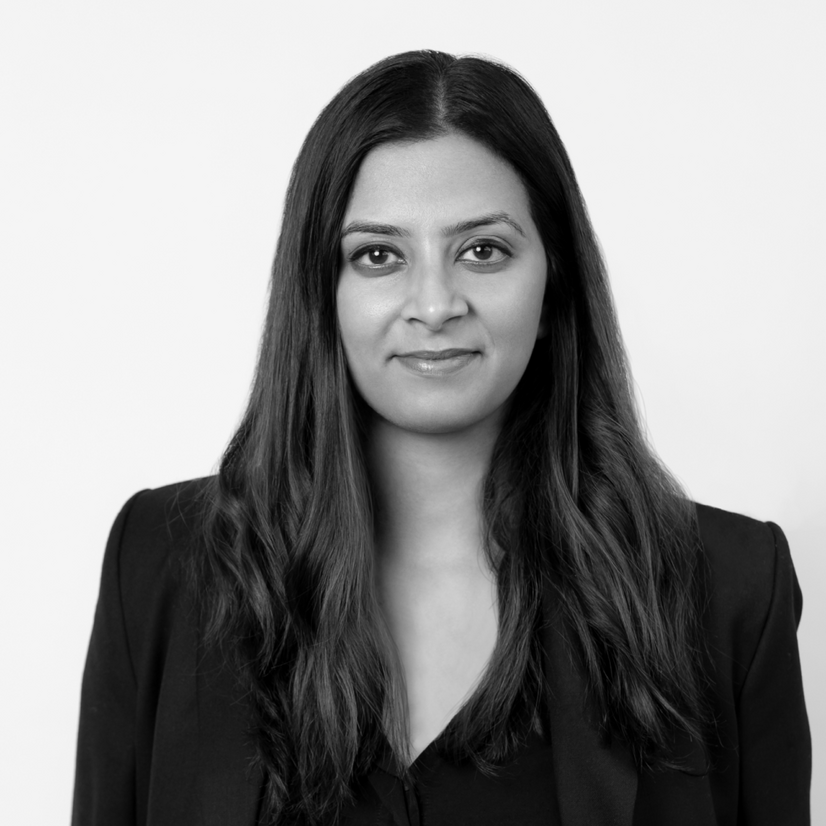
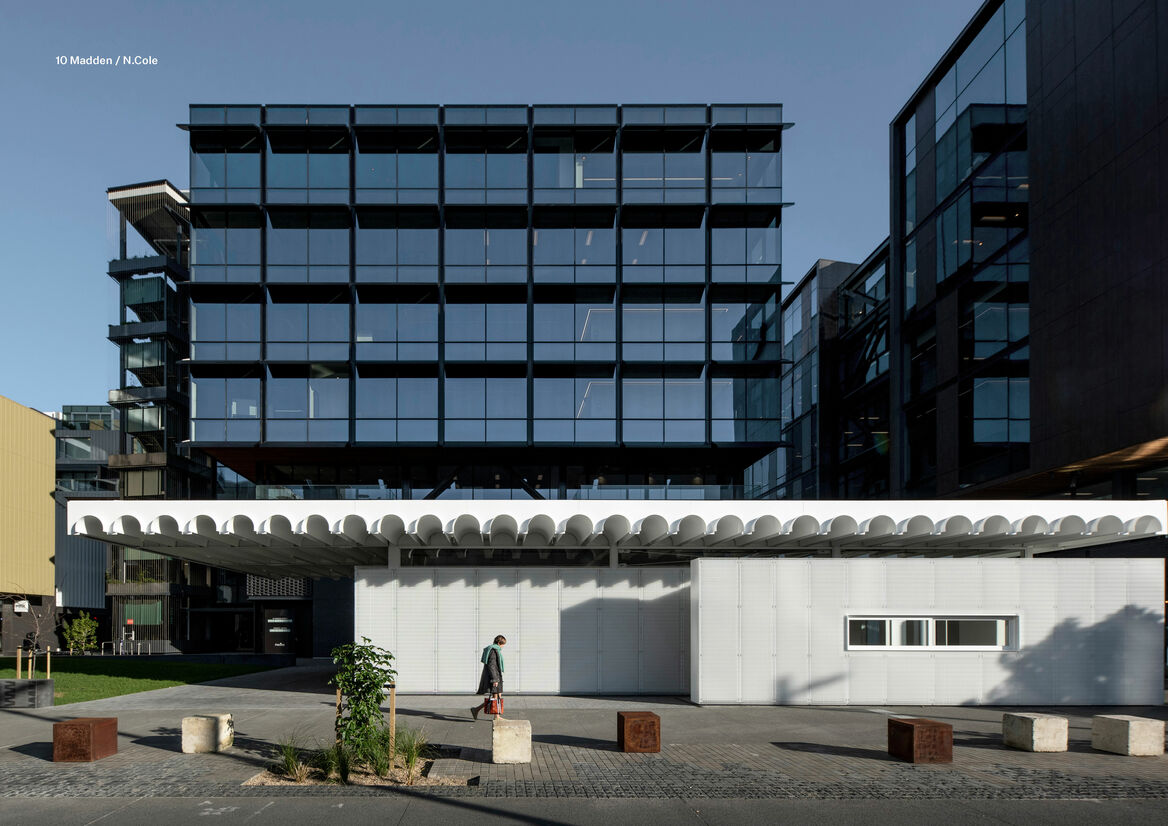
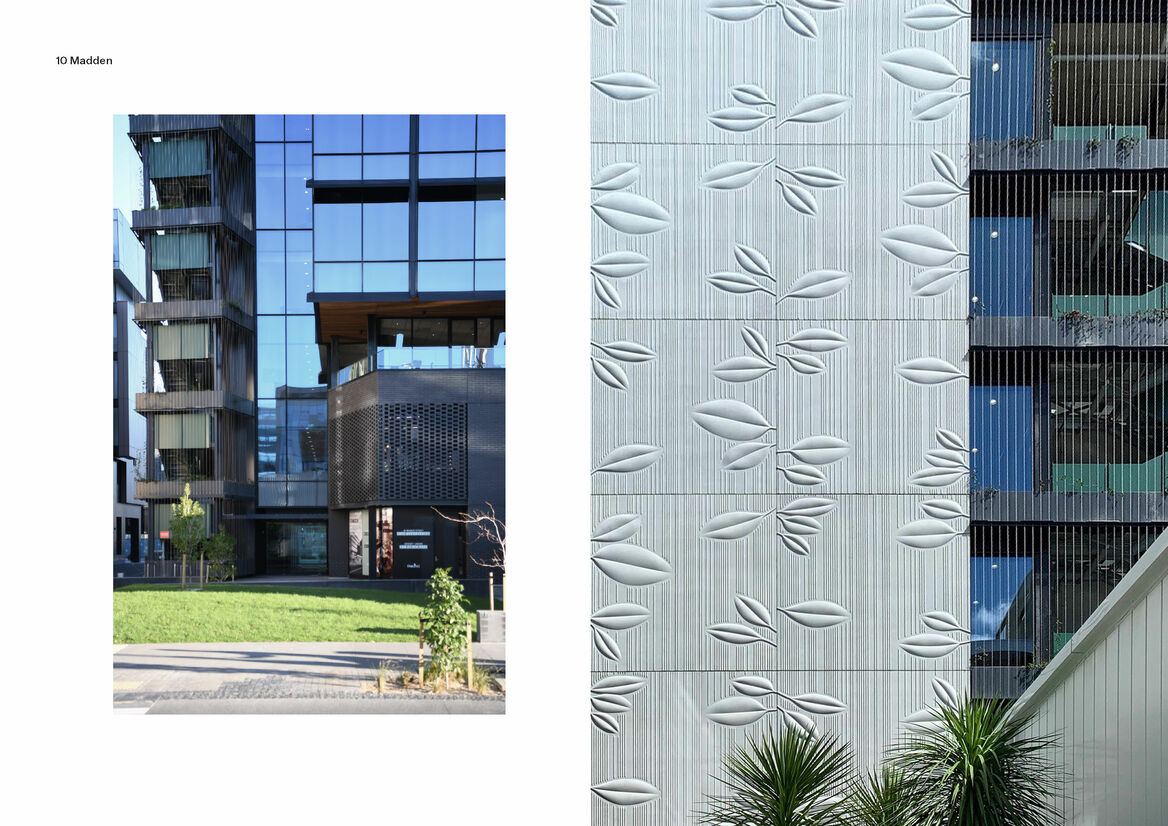
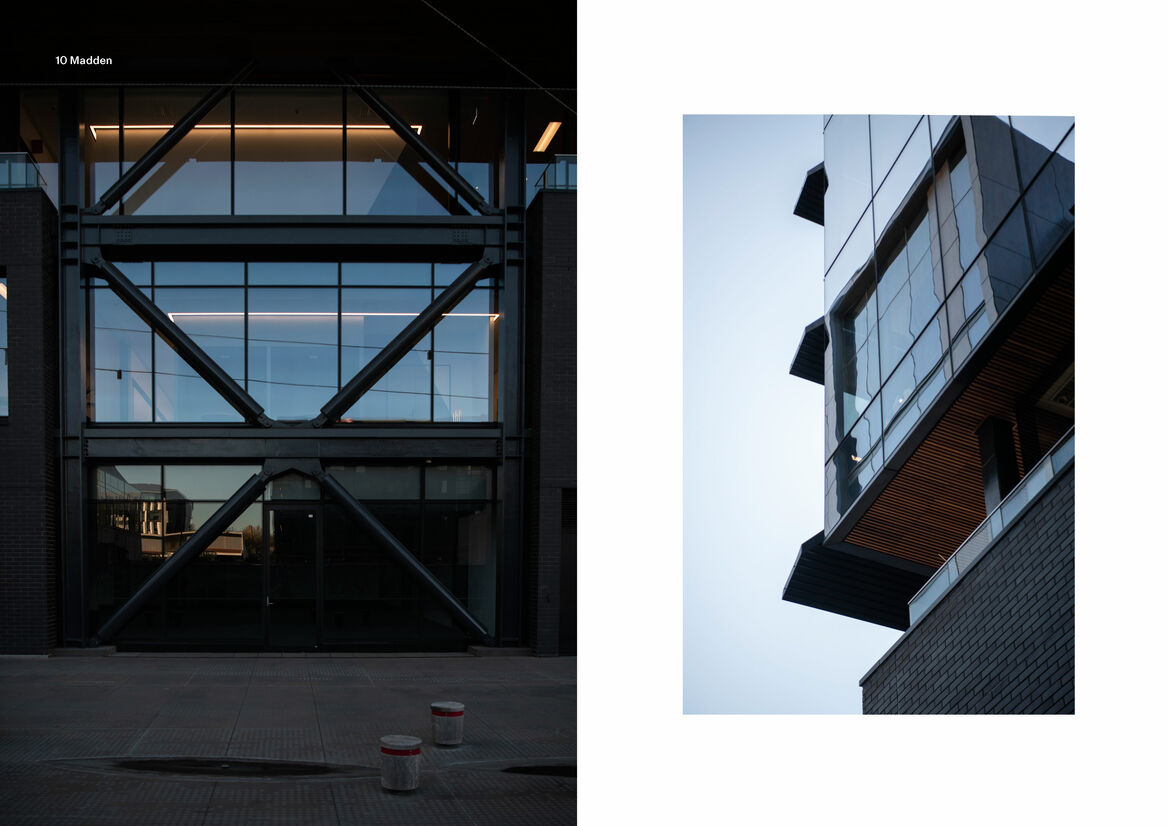
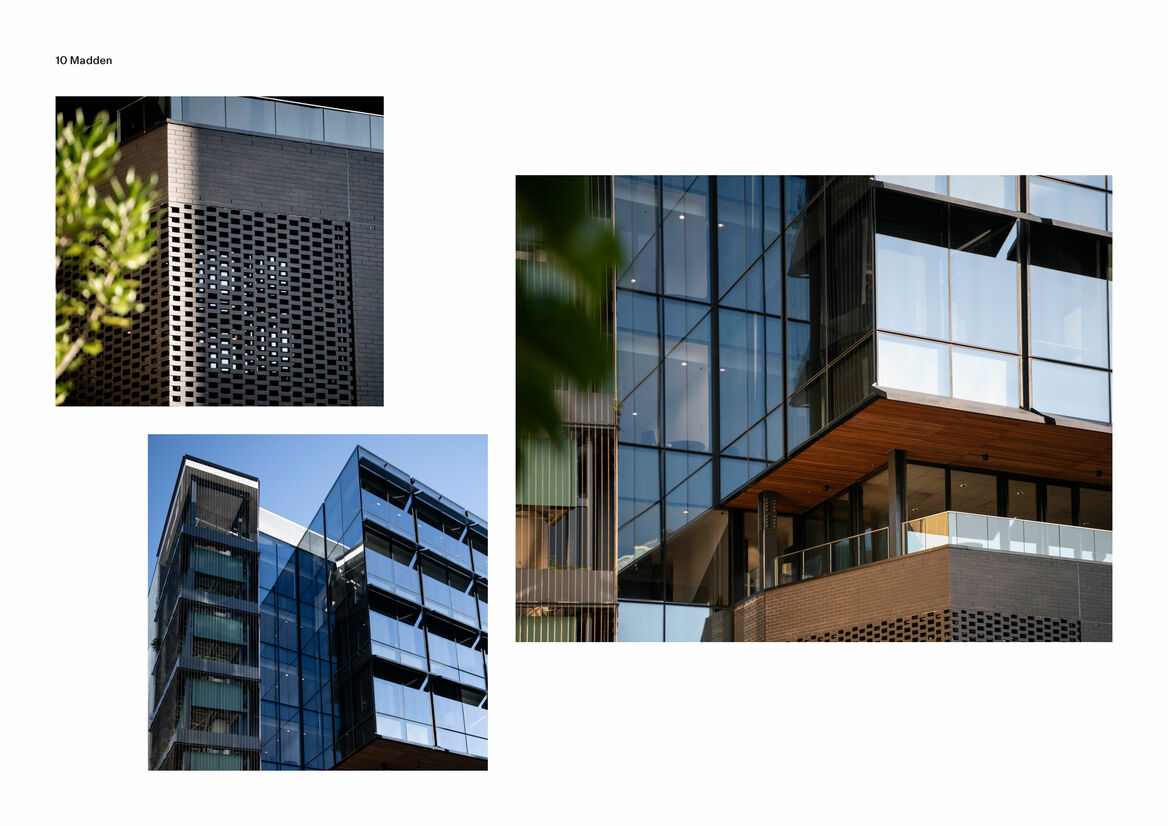

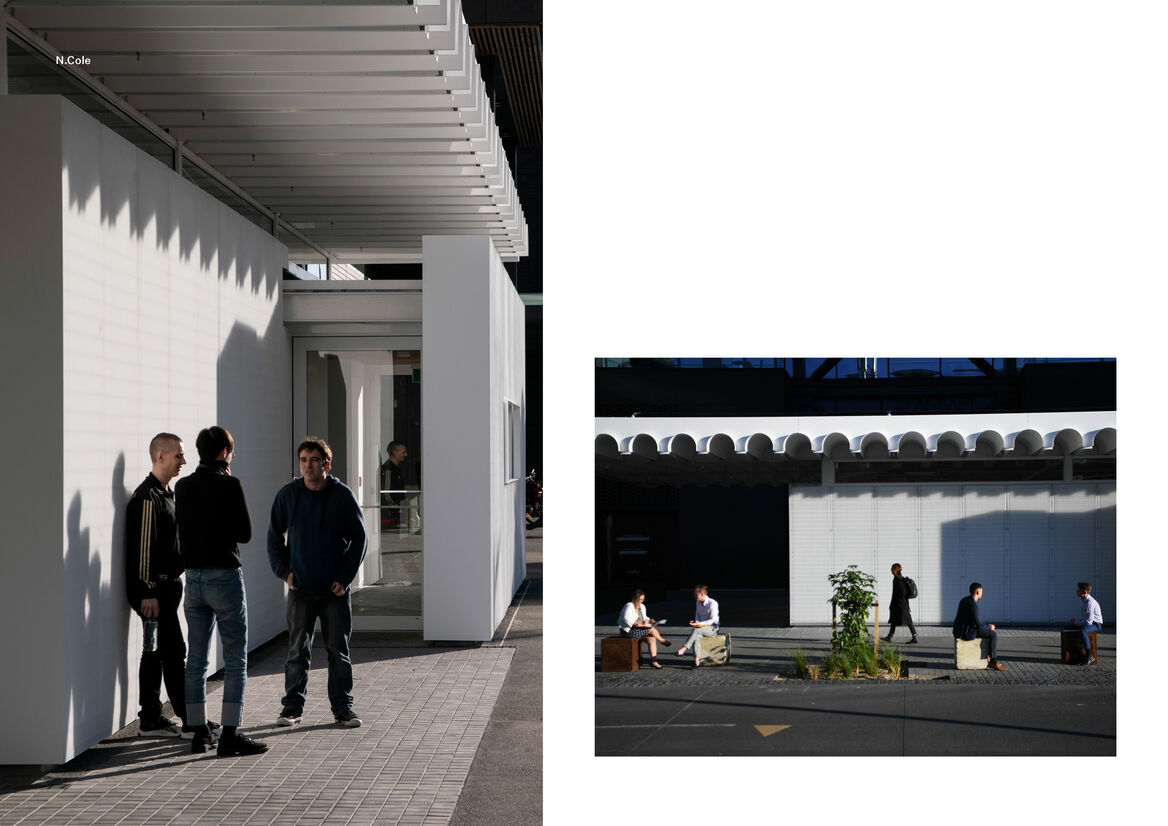
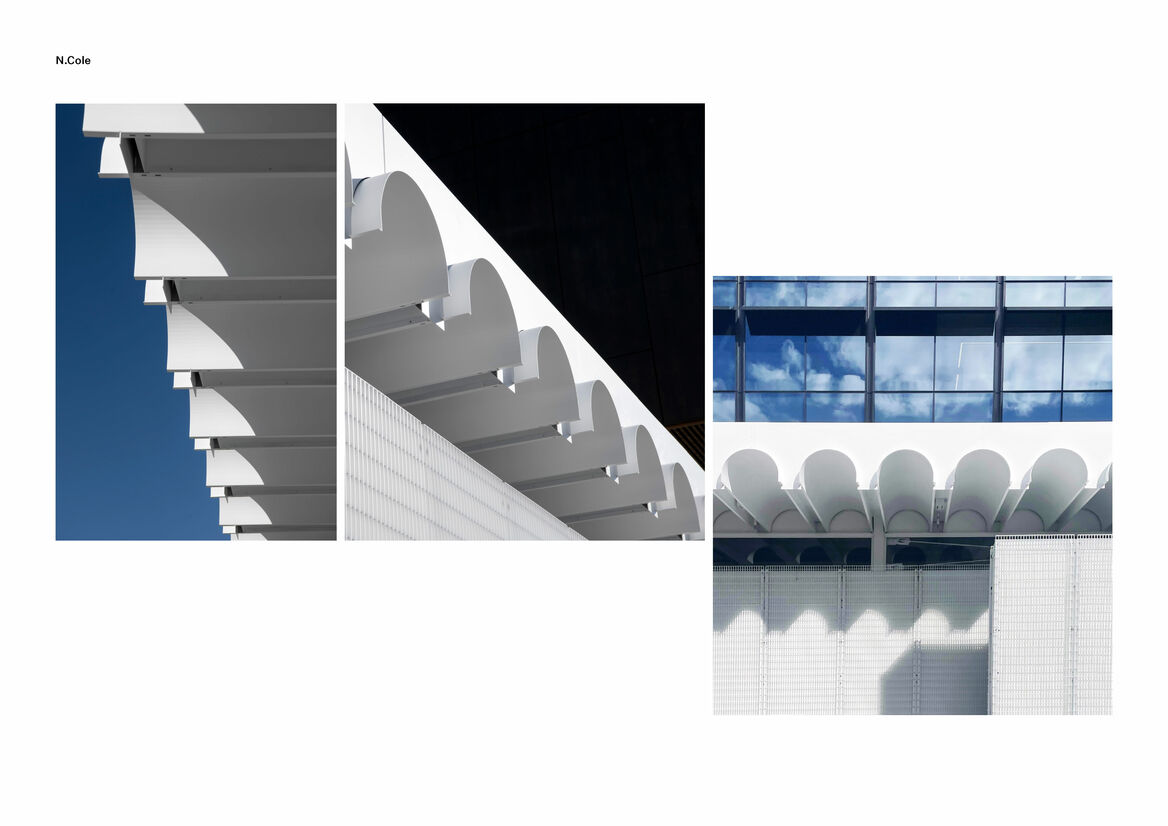
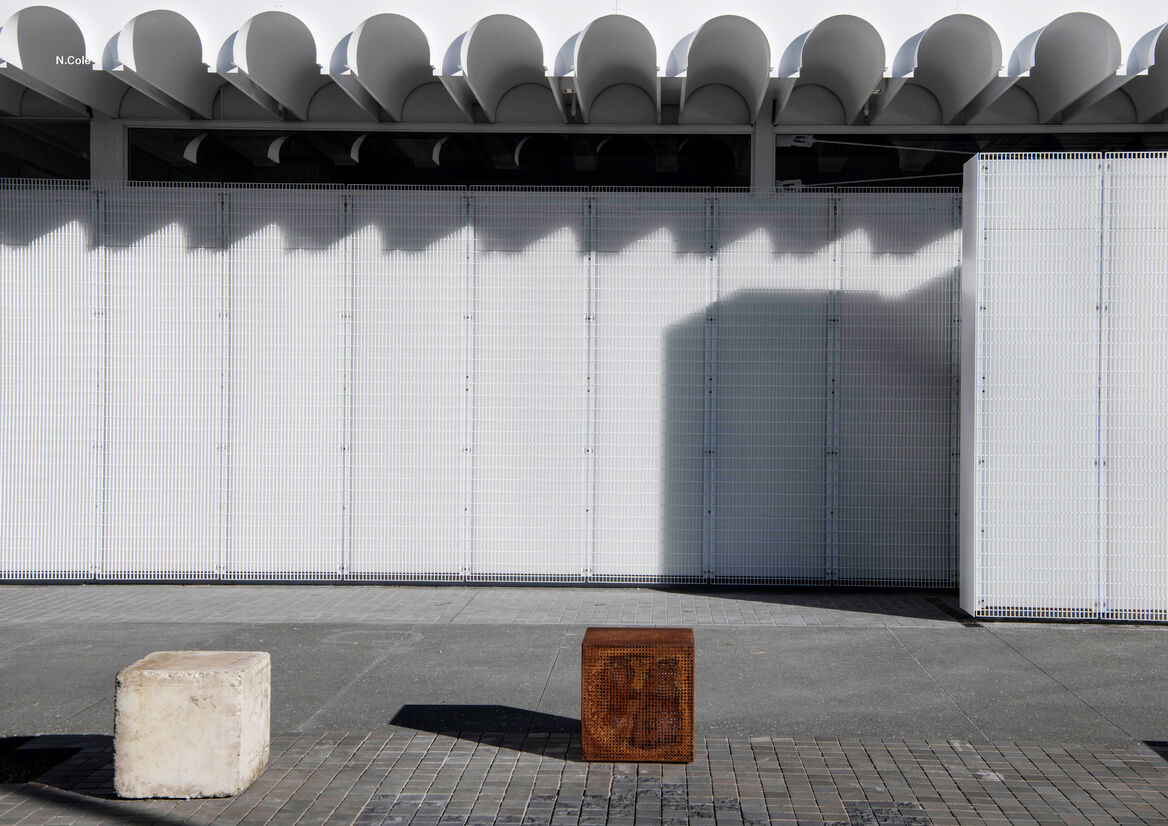
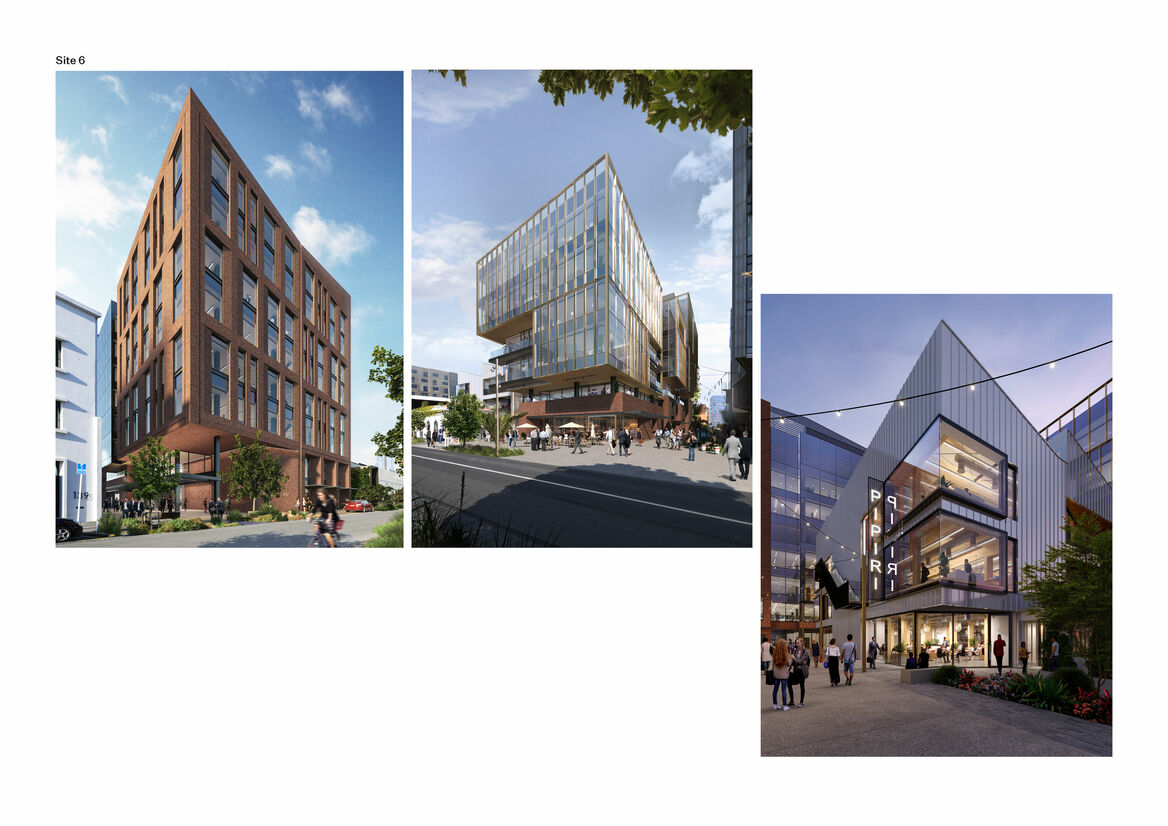
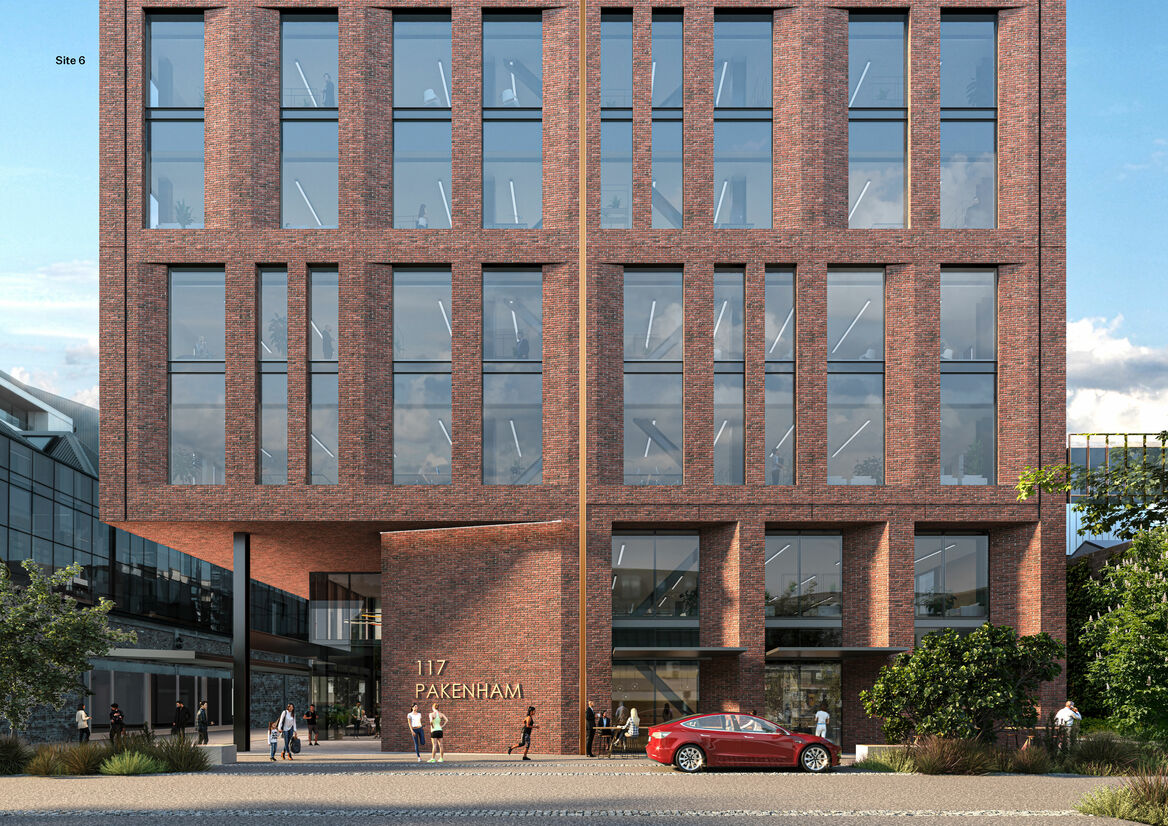
Description:
Design processes are intrinsically personal, heavily nuanced/influenced by our identities. Having moved from India to New Zealand (aged 12) and being inspired by generations of women before me, my identity as an immigrant and a woman – being the ‘other’ – has reinforced values of adaptability, empathy, and diversity of thought. These principles inform my philosophy to design: that we must design openly and inclusively; that we should adapt to change (social, political, economic) to ensure we create outcomes that are deeply embedded in ‘place’. These translate to processes entrenched in ways of thinking: collaboration, iteration, innovation.
Since graduating with a Masters in Architecture (2011), I’ve worked across a range of scales/typographies. Most recently, I’ve had design leadership roles on three projects within the Wynyard Quarter Innovation Precinct: 10 Madden, N.Cole and Site 6.
10 Madden, a 7-storey building for a high-profile client which I led during construction, owes its success to a highly diverse/collaborative environment. As a ‘learning leader’, I recognised the expertise of those around me to facilitate better outcomes. The most rewarding aspect was the mana whenua engagement and working closely with artist Janine Williams (Ngāti Whātua ki Kaipara, Ngāti Pāoa) to execute a 6-storey artwork/façade element. The alliance between artist, builder, fabricator, client, and architect enabled exceptional outcomes and sought unique ways of expression – highlighting that good design processes are indeed highly inclusive.
N.Cole, which I led from early design to completion, is a smaller pavilion but faced myriad challenges. Through stakeholder engagement (client/council/TAG/Panuku), I navigated constraints that were constantly putting the project at risk. This high-pressured environment had to be negotiated against significant budget restrictions to deliver quality outcomes. Retaining design integrity/quality relied on iterative processes via quick explorations, while holding onto key principles that retained the project’s identity.
Site 6 represents the most complex of design challenges I've faced and has been significant to my development as a designer. Designed as three distinct buildings with separate identities, the scale of the design task required a collaborative and inclusive approach to the design process. Through early design stages, I led a team to iterate and refine elements. As the project progressed into detailed design, we executed research-led iterative designs through all phases. Through collaboration and leading with empathy, we have designed/documented outcomes that pushed the boundaries of typical NZ construction.
This design experience was concurrently supplemented by my involvement as co-chair of non-profit organisation Architecture+Women-NZ. We advocated for visibility and inclusiveness within the field of architecture and my leadership role has enabled exercising my passion for inclusivity and influencing change in a tangible manner.
Design is embedded in seeking new ways of expression – through collaboration, iteration, innovation, and empathetic leadership. NZ is changing rapidly due to demographic shifts, climate, resource availability and technological advances. To keep up, we need to adapt to drive sustainable resolutions relevant to these cultural contexts. At 33, my identity has contributed to my adaptability and learning so far – and I see this as only the beginning.
Judge's comments:
A designer that has highlighted her honest approach and ability to absorb, interact and collaborate with industry peers to achieve the best outcome for her clients. A true feat of talent, skill, discipline and perseverance ,one cannot help but be impressed with the growth and development of this young designer. She is an excellent all-round role model for women in architecture and design where there are no limits, just the belief in yourself.